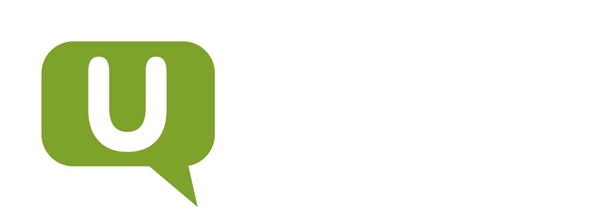Beyond the buzzword of authentic assessment
Did you know that over 70% of employers believe graduates lack real-world problem-solving skills? If higher education is to bridge this gap, we need to rethink how we assess learning.
“Authentic assessment” is one of those terms everyone in higher education seems to mention but how many truly understand what it means, its implications, and how it reshapes the way we design exams?
At its core, authentic assessment is about aligning evaluation with real-world tasks and competencies. Instead of testing rote memorisation or isolated skills, it challenges students to demonstrate knowledge in contexts that mirror professional practice. Sounds great in theory, but in practice, it often requires a shift in how institutions approach assessment.
Why authentic assessment matters
Traditional exams often fall short in preparing students for the complexities of modern work. Authentic assessment try to bridge that gap by:
Encouraging critical thinking and problem-solving
Integrating multiple skills: communication, collaboration, creativity
Reflecting real-world scenarios rather than artificial test conditions
The numbers speak for themselves:
A systematic review found authentic assessment improves student engagement and satisfaction by up to 30%, with marked gains in critical thinking and feedback quality.
Studies show authentic tasks significantly enhance employability skills, including collaboration and adaptability, which employers rank among the top five competencies for graduates.
Institutions using authentic assessment report higher student performance and retention, as learners connect theory to practice and develop transferable skills another study reveal.
For decision-makers, this means graduates who are better prepared for employment, improved institutional reputation, and stronger alignment with accreditation standards.
Examples of authentic assessment tasks
Authentic assessment can take many forms, including but not limited to:
Case studies: analysing complex, real-world problems
Simulations: replicating professional environments or decision-making processes, including use of real world applications and tools
Portfolios: showcasing a collection of work or process-handling over time, including written, visual, and multimedia artefacts
Project-based tasks: solving practical challenges with tangible outputs
Presentations and pitches: demonstrating communication and argumentatory skills
These few examples and approaches go beyond memorisation or lower level taxonomies and encourage students to apply knowledge in more meaningful ways.
The role of digital platforms
To make assessments truly authentic, institutions need more than pen-and-paper or isolated tools and applications. They need platforms like WISEflow to orchestrate and support:
Digital submissions in diverse formats: text, images, audio, video, and possibilities to assess and provide feedback om these
Portfolio-based assessment: combining multiple artefacts over time or providing chices in the assessment towards students
Secure environments for applications and tools (desktop or cloud): ensuring integrity while simulating real-world scenarios
Flexible workflows for examiners and students: accommodating varied assessment types
Without this infrastructure, authentic assessment remains an aspiration rather than a reality.
Opening the door to digital tools
Authenticity means embracing the tools students will use in their careers. That includes:
Allowing digital aids where appropriate
Supporting multimodal outputs because professional communication isn’t limited to text
Enabling safe monitoring without stifling creativity
Using relevant applications whether desktop or cloud-based, to replicate real-world workflows
This isn’t about lowering standards; it’s about raising relevance.
The future of assessment
Authentic assessment is more than a buzzword, it’s a commitment to meaningful learning. For institutions, it means:
Better graduate outcomes: students leave with practical skills
Enhanced reputation: demonstrating innovation and relevance
Compliance and quality assurance: meeting evolving accreditation requirements
The call to action is clear: if your institution wants to lead in educational innovation, now is the time to invest in platforms and practices that make authentic assessment possible. With solutions like WISEflow, higher education can move beyond theory and deliver assessments that truly prepare students for the world beyond graduation.
